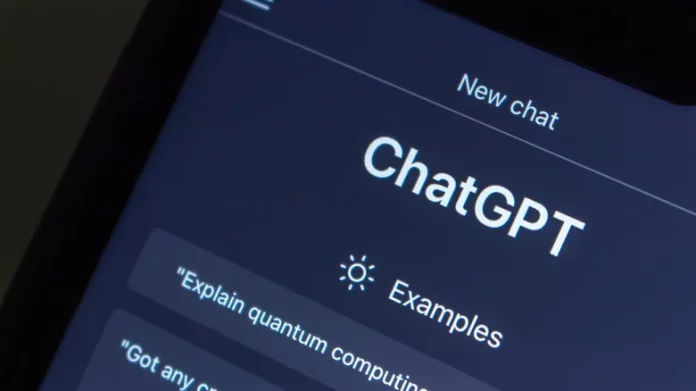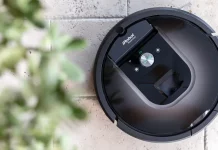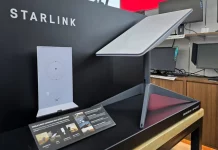OpenAI is expanding rapidly beyond text and visuals, and its next frontier might be sound. According to a report from The Information (via TechCrunch), the company is developing an advanced music generation model that could rival top players like Suno, Google, and other AI innovators.
Earlier this year, OpenAI made headlines with GPT-4o, which brought image generation directly into ChatGPT. Soon after, the Sora 2 video model went viral for its stunning realism and fluid output. Now, OpenAI appears to be aiming for the music industry, building a system that can create original music from simple text prompts—similar to how users already generate images or videos.
Like OpenAI’s existing media tools, the upcoming music model will allow users to describe the type, mood, or instruments they want, producing a finished piece of music in seconds. This new tool would seamlessly complement ChatGPT’s voice mode and Sora 2’s audio capabilities, which already integrate sound effects and speech.
Growing Demand for AI Music Tools
The AI music space is heating up quickly. Tools like Suno, Udio, Riffusion, and Google’s MusicLM are attracting creators eager to produce custom tracks without needing traditional instruments or studios. Bloomberg recently reported that Suno is generating more than $100 million in annual recurring revenue and is now valued at over $2 billion, with Microsoft even integrating Suno into Copilot.
OpenAI’s model could take this trend even further. The company is reportedly collaborating with students from Juilliard to annotate musical scores—an effort that may help train the AI to understand complex composition and arrangement principles.
Legal and Industry Implications
As interest in AI-generated music grows, so do copyright concerns. Record labels like Universal Music Group and Warner Music Group have already filed lawsuits against Suno and Udio, alleging that the companies trained their models on copyrighted material. If OpenAI enters this sector, it will likely face similar scrutiny from the music industry.
Still, consumer enthusiasm is undeniable. A fake AI band recently racked up hundreds of thousands of Spotify streams, proving both the creative potential and commercial viability of AI-made music. For OpenAI, this represents an opportunity to combine its conversational, visual, and now musical capabilities into a unified creative platform.





